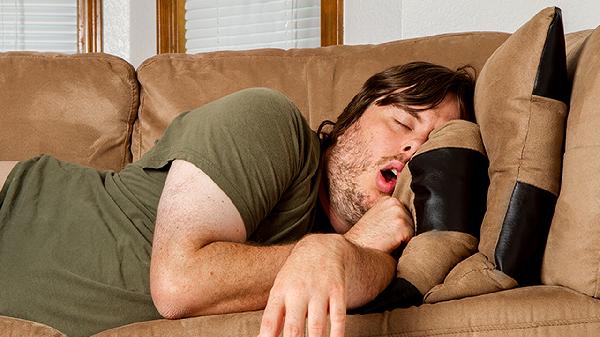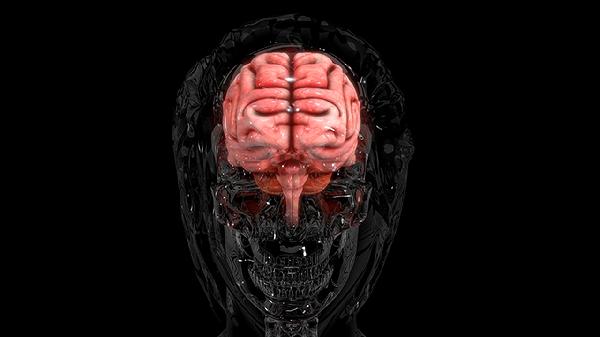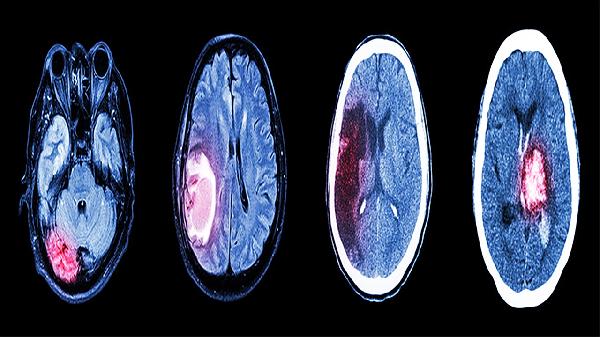The recent episode of "Yellowjackets" that depicted Lottie undergoing electroshock therapy has sparked a lot of conversation—and confusion—about what this treatment actually entails. While the show dramatized the experience for storytelling purposes, the reality of electroconvulsive therapy (ECT) is far more nuanced. It’s not the barbaric, involuntary procedure often portrayed in pop culture. Instead, modern ECT is a carefully controlled medical intervention used for severe mental health conditions when other treatments fail. So, let’s clear up the misconceptions and dive into what ECT really looks like today.
The Reality of Modern ECT
Unlike the chaotic, forced administration shown in "Yellowjackets," ECT today is a voluntary procedure performed under strict medical supervision. Patients are given general anesthesia and muscle relaxants to prevent discomfort or injury during the brief electrical stimulation. The goal? To trigger a controlled seizure that can help reset brain chemistry in cases of severe depression, bipolar disorder, or other treatment-resistant conditions. The American Psychiatric Association (APA) emphasizes that written consent is mandatory—no one gets ECT against their will. And while the idea of electricity passing through the brain sounds intense, the risks are minimal compared to the uncontrolled seizures seen in old-school depictions.
Why ECT Gets a Bad Rap
ECT’s controversial past is partly to blame for its lingering stigma. In the mid-20th century, it was sometimes used as a punitive measure in psychiatric institutions, administered without proper consent or safety protocols. Media portrayals—from "One Flew Over the Cuckoo’s Nest" to "American Horror Story"—have cemented this outdated image. But modern ECT is nothing like that. Advances in anesthesia, dosing precision, and patient care have transformed it into a last-resort treatment for those who’ve exhausted other options. As Dr. Nagy Youssef, an ECT specialist, puts it: "Early forms of ECT bear little resemblance to today’s procedures."
Who Actually Benefits from ECT?
ECT isn’t for everyone. It’s typically reserved for severe cases where medication and therapy haven’t worked—think life-threatening depression, catatonia, or acute manic episodes. Research shows it can be remarkably effective, with some studies reporting up to a 90% improvement rate in severe depression. But it’s not a cure-all. Most patients need ongoing maintenance, whether through meds, therapy, or occasional follow-up ECT sessions. And yes, there are side effects—like short-term memory gaps—but these usually fade within months. The key takeaway? ECT isn’t a horror-movie torture device; it’s a legitimate, life-saving tool for a small subset of patients.
Alternatives and Next Steps
If ECT sounds too intense, there are other brain-stimulation therapies to consider, like transcranial magnetic stimulation (TMS), which uses magnets instead of electricity. But for those who do opt for ECT, the process starts with a thorough evaluation by a psychiatrist. They’ll weigh risks, discuss alternatives, and—if ECT is the best path—refer patients to specialized centers. The bottom line? If you or someone you know is struggling with severe mental illness, don’t let Hollywood scare you away from exploring all treatment options, including those that might seem unconventional at first glance.
ECT may never shake its dramatic TV portrayals, but understanding the facts can help separate fiction from life-saving reality. For anyone considering it, the best move is to consult a trusted mental health professional—not a TV script.
























